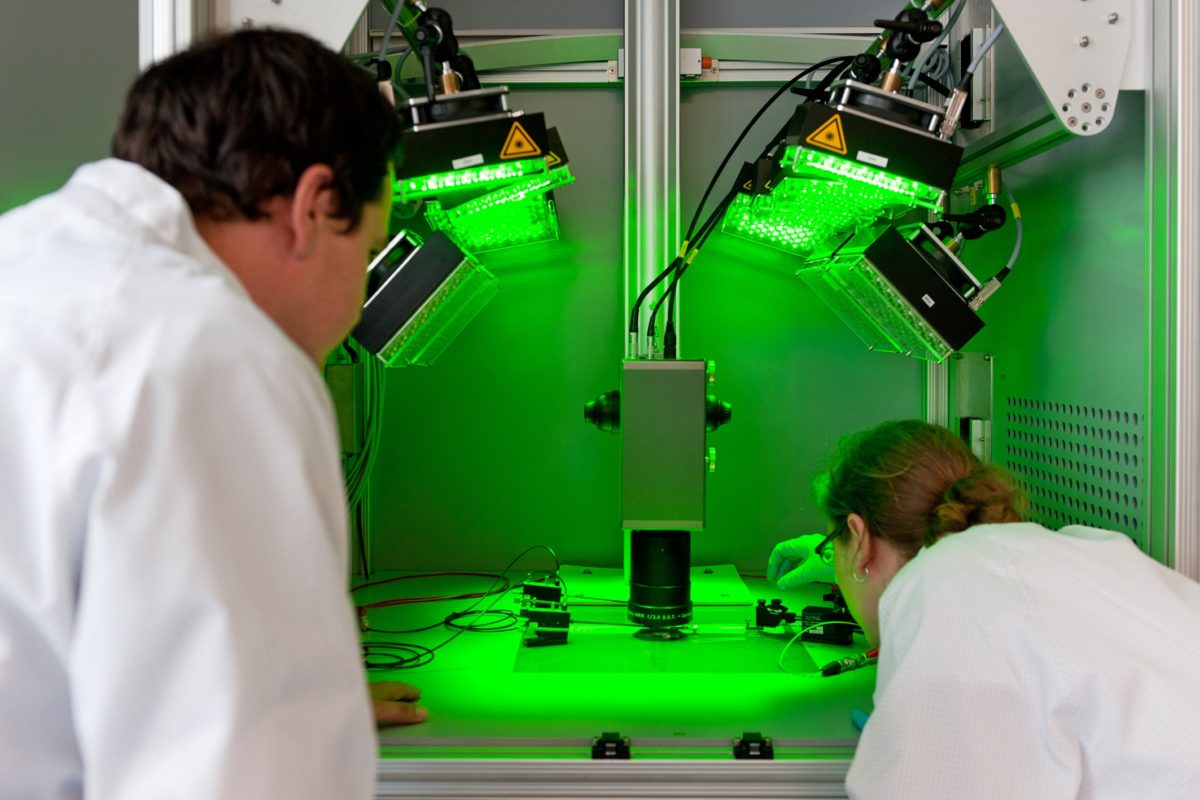The buzz around perovskite solar cells, often called “the next generation” of solar PV technology, comes with a caveat. All of their impressive efficiency achievements so far have involved lead, a highly toxic material that remains a concern for regulators, despite assurances from those working to commercialize the technology that encapsulation technology and recycling schemes are in place to offset any environmental risk.
For researchers working on perovskite solar cell concepts, dispensing with lead entirely has become an important target. But while groups working with tin, bismuth and even gold as a replacement have made impressive progress in recent years, they remain a long way behind methylammonium lead iodide and other lead-containing materials in terms of both efficiency and stability.
A new study led by Helmholtz-Zentrum Berlin (HZB) and the Institute of Functional Nano and Soft Materials at Soochow University in China introduces an additive that, when inserted into the perovskite material, leads to a more ordered crystalline structure and a solar cell that performs stably over a long period. The additive, phenylethylammonium chloride (PEACI), is described in the paper Tin halide perovskite films made of highly oriented 2D crystals enable more efficient and stable lead-free perovskite solar cells, which was recently published in ACS Energy Letters.
“We use phenylethylammonium chloride as an additive to the perovskite layers. Then we carry out a heat treatment while the PEACl molecules migrate into the perovskite layer,” explains Meng Li, a postdoc scientist at HZB. “This results in vertically ordered stacks of two-dimensional perovskite crystals.”
Cells fabricated for the study using perovskite material formamidinium tin iodide achieved a top efficiency of 9.1%. HZB did not provide details on the cells’ stability performance. The group noted, however, that the main issue with tin-based perovskites is that tin quickly reacts with oxygen in the environment, leading to degradation. The PEACI additive, according to the researchers, acts as a barrier layer, protecting the tin from oxidation.
While the efficiency remains a long way from what might be commercially interesting, and well behind what has already been achieved with lead-based perovskites, the researchers are convinced that this discovery will open up new doorways in the development of lead perovskite solar cells.
This content is protected by copyright and may not be reused. If you want to cooperate with us and would like to reuse some of our content, please contact: editors@pv-magazine.com.




By submitting this form you agree to pv magazine using your data for the purposes of publishing your comment.
Your personal data will only be disclosed or otherwise transmitted to third parties for the purposes of spam filtering or if this is necessary for technical maintenance of the website. Any other transfer to third parties will not take place unless this is justified on the basis of applicable data protection regulations or if pv magazine is legally obliged to do so.
You may revoke this consent at any time with effect for the future, in which case your personal data will be deleted immediately. Otherwise, your data will be deleted if pv magazine has processed your request or the purpose of data storage is fulfilled.
Further information on data privacy can be found in our Data Protection Policy.